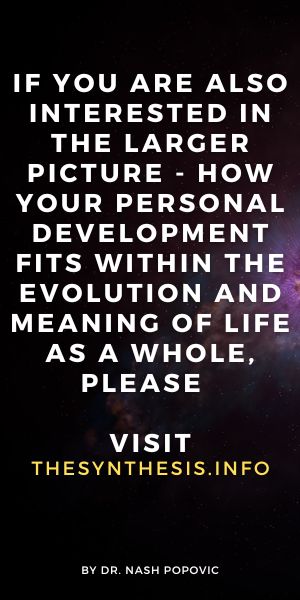23. Attachment
23. Attachment
As you learn to become more and more unattached, you discover that you are then able to love those who are dear to you in a deeper, more constructive way.
Roberto Assagioli (Italian psychiatrist)
Attachment plays an important role in life, but misconceptions about it are common and often reinforced by popular culture (e.g. a detached hero has been glorified in many Hollywood movies) so let’s start with clarifying how this term is used here.
What attachment is
The term attachment was first used in psychology in the mid- twentieth century to signify the relationship between an infant and its mother. Soon after, the use of this expression has spread to any other significant relationships. Here, this term has an even wider meaning, as reflected in everyday language. It refers to a subjective sense of connectedness to something or somebody else. This is different from the above-mentioned use in several ways:
- Attachment is not only limited to relationships with other people. It can also include attachment to animals (e.g. pets), objects (such as money), ideas (e.g. socialism), places (one’s country or town), activities (a job or hobby), pleasures (e.g. food) or styles (e.g. fashion, music).
- The sense of attachment cannot be equated with emotions, although it very often involves them. It is possible to be attached to somebody or something without being emotional (out of habit, for example), and to be emotional without being attached (e.g. when watching a movie).
- Attachment does not depend on physical proximity or social roles. For instance, it is possible to live with one’s spouse and not feel attached to her, or not live with somebody (who can even be dead) and still be attached to her.
To bring some clarity, we will draw from the Eastern traditions and break up this umbrella term into three related concepts: attachment, non-attachment and detachment. They can be seen as a part of the same continuum.
